10 key features for CG artists from Unreal Engine 4.26
Epic Games has released Unreal Engine 4.26, the latest update to the game engine and real-time renderer.
As usual, it’s a massive update: the online release notes alone run to over 80,000 words.
But if you don’t want to wade through all of that documentation, we’ve picked out 10 changes we think are particularly significant for artists, as opposed to developers – from headline features like the new water and volumetric cloud systems, to hidden gems like Boolean modelling and GPU lightmap baking.
We’ve focused primarily on tools for game development and VFX work, but at the end of the article, you can find quick round-ups of the new tools for architectural visualization, virtual production and live visuals.
Features marked Experimental or Beta are not recommended for use in production yet.
1. New water system (Experimental)
The biggest single new toolset in Unreal Engine 4.26 is undoubtedly the Water System: a new set of simulation, meshing and rendering features for creating anything from ponds to oceans.
Level designers can use a new system of Water Body Actors to place bodies of water into an environment, using a spline-based workflow to draw out the forms of rivers and lakes.
Water Body Actors can interact with terrain surfaces, so water should find automatically its own level within a landscape, based on the Landscape Edit Layers system.
Water bodies feature a classical Gerstner wave simulation to generate surface waves.
In addition, an interactive fluid physics system enables characters and objects to interact with water surfaces, with support for ripples, foam and splashes.
Rendering uses the new Single Layer Water shading model, which provides a “physically based water surface … that supports refraction and user-defined scattering, absorption, and extinction coefficients”.
A separate caustics generation tool fakes the patterns of light generated by shallow bodies of water, while a post-process material is automatically applied when the view camera moves underwater.
There’s a lot of detail to dig into, so for a fuller exploration of the water system, check out the video above.
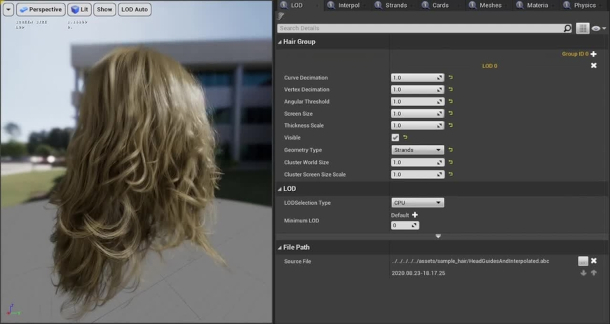
2. Groom Asset Editor for hair
Hair and fur are officially production-ready in Unreal Engine 4.26, as hair rendering moves out of beta.
Much of the technical groundwork was done in Unreal Engine 4.24 and 4.25, but the workflow should now be more user-friendly, thanks to a new Groom Asset Editor.
It enables users to edit hair grooms imported from other DCC software in Alembic format (it also supports hair cards and meshes), and to edit hair materials, with the results displayed in a physics-enabled viewport.
3. Volumetric clouds
Another major new feature in Unreal Engine 4.26 is the new “cinematic quality” volumetric cloud system.
Unlike traditional systems based on skydome textures, the results hold up when viewed from the air (or even from outer space) as well as from the ground.
The new Volumetric Cloud component supports interactions with environment lighting from Unreal Engine’s Sky Atmosphere component, Sky Light, and two directional lights representing the sun and moon.
As a result, clouds should generate plausible shadows, both on the terrain beneath and within themselves: the system supports self-shadowing and multiple light scattering, approximated via ray marching.
Both the Sky Atmosphere and Sky Light also get updates – the Sky Light has a new Real Time Capture mode for dynamic time-of-day effects – and there is a new unified UI window to edit environment lighting.

4. Chaos Vehicle physics (Experimental)
Chaos, Unreal Engine’s next-gen physics toolset, has been evolving steadily since it was introduced in Unreal Engine 4.23, and is now officially in beta, although not yet enabled by default.
As well as the existing destruction, cloth and ragdoll systems, Unreal Engine 4.26 introduces Chaos Vehicle, a new toolset for creating driveable physics-based wheeled vehicles.
It requires a skeletal mesh for the vehicle, and can by driven by either the new Chaos solver or the existing PhysX solver, which Chaos is eventually due to supersede.
5. Cascade-to-Niagara particle converter (Experimental)
On the subject of legacy technologies, the new Cascade to Niagara Converter plugin automatically converts particle systems created using Unreal Engine’s old Cascade editor.
The new tool automatically generates an equivalent system based on the new Niagara framework, although it’s still a work-in-progress and does not yet support Cascade Events, Vector Fields or per-LOD scaling.
It’s one of several changes to Niagara in Unreal Engine 4.26, along with a new performance profiler, a Component Renderer for quickly iterating particle effects, and performance and workflow improvements.
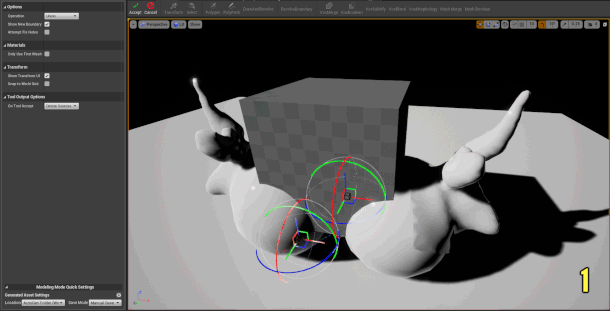
6. New Boolean modelling tools (Experimental)
Unreal Engine 4.26 also sees some interesting additions to the experimental Mesh Creation Tools, intended to enable artists to create 3D models directly inside the Unreal Editor.
A new Boolean Tool generates simple mesh intersections, unions and differences, as shown in the image above, and there are also new tools for revolving or mirroring a mesh around a user-defined axis.
For poly modelling, there are new tools for inserting edges and edge loops, and offsetting geometry shells.
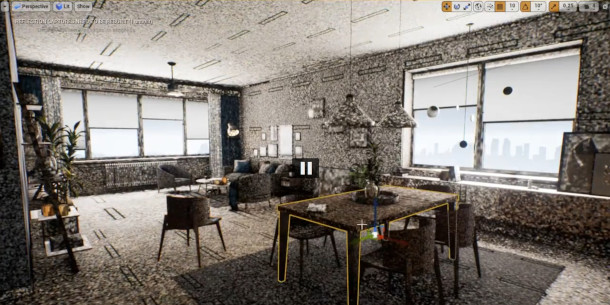
7. GPU lightmap baking (Beta)
Lightmass, Unreal Engine’s light baking system, gets a new GPU-based variant, improving the speed and physical accuracy of bakes over the existing CPU-based system.
The speed boost sounds quite significant: Epic Games says that GPU baking “achiev[es] speeds on a single host comparable to a distributed swarm render of the CPU-based system”.
Performance can be further improved by using the self-descriptive Bake What You See mode, rather than baking everything in the scene; and the result can seen refining in real time in the viewport.
GPU baking uses Unreal Engine’s DXR-based ray tracing system, so it requires a compatible Nvidia GPU.
8. Non-linear animation in Sequencer (Beta)
The track-based Sequencer Editor, previously primarily a tool for editing cinematics and offline content, becomes more of a tool for creating character animation in Unreal Engine 4.26.
Animators can now edit keyframes for individual bones directly in Sequencer for characters with FK control rigs, or edit animation curves for characters where a custom rig has been baked onto the skeletal mesh.
A new set of Motion Blending tools makes it possible to blend seamlessly between two animation sequences even where the locations of the root motions differ, using per-bone matching.
Epic says that the new non-linear animation features are intended to reduce the need to go back to external DCC applictions like Maya to modify animations.
9. Render passes, ProRes output and OpenColorIO support (Beta)
For artists rendering offline content, the Movie Render Queue – a new name for the High-Quality Media Export system introduced in Unreal Engine 4.25 – gets several important new features.
First, it can generate individual render passes as well as beauty renders: it currently supports matte IDs, Z-depth, world position, world normals, ambient occlusion and reflections.
Secondly, it now supports several new key export formats: Apple’s ProRes and Avid’s DNxHR codecs, and 16- or 32-bit multi-channel EXR image sequences.
Thirdly, Unreal Engine in general now supports the OpenColorIO colour management standard, including in the Unreal Editor and nDisplay viewports as well as in the render queue itself.
The render queue also now supports Final Cut Pro edit decision lists, and includes runtime support for integration into other editing applications.
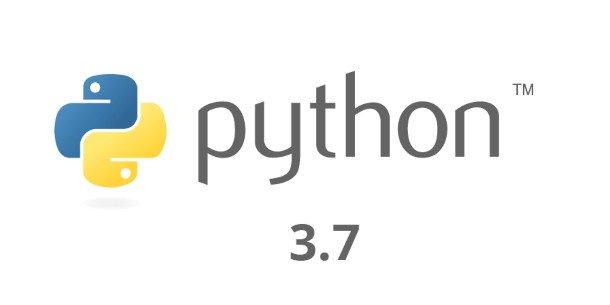
10. Python 3.7 support
And finally, Unreal Engine becomes the latest DCC application to move from the now-deprecated Python 2.7 to Python 3.7, as set out in the current specification for the VFX Reference Platform.
While it isn’t as attention-grabbing a change as those above, it is significant for anyone trying to integate UE4 into a production pipeline, and a reflection of the software’s growing significance in VFX workflows.
Other pipeline improvements include expanded support for the USD file format, including USD lights, blend shapes and normal maps from USD Preview Surfaces; and support for USD on macOS.
It is also now possible to stream Alembic animation or simulation caches directly into Unreal Engine, rather than having to import the data as a Geometry Cache.
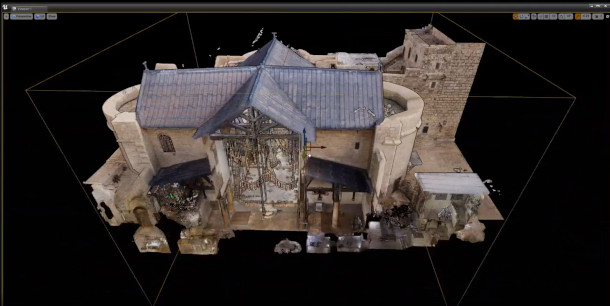
And there’s more…
But that only scratches the surface of the new features in Unreal Engine 4.26.
The update also improves the software’s sculpting tools, UV editing, texture baking, mobile rendering, the free Live Link Face facial capture app, and its augmented and virtual reality toolsets.
For architectural and product visualization, the Datasmith toolset for ingesting assets from CAD and industrial design tools gets new Navisworks and Rhino plugins, and the Visual Dataprep system for converting those assets into a form suitable for real-time work officially moves out of beta.
The LIDAR Point Cloud plugin for importing LIDAR data into UE4 now supports the LAZ and E57 file formats.
For asset reviews, the collaborative viewing system gets a new UI, and support for voice chat via VoIP.
For virtual production, Unreal Engine’s virtual camera architecture has been refactored into a modular Component, making it possible for users to create their own virtual camera types.
A new Live Link XR plugin makes it possible to use SteamVR-compatible devices as virtual cameras during performance capture sessions, or as live camera tracking during live action shoots.
nDisplay, Unreal Engine’s multi-screen display system, gets multi-GPU support on Nvida GPUs that support NVLink, and support for new technologies for projecting output onto domed and curved surfaces.
And for live visuals, the DMX plugin, which connects Unreal Engine to stage lighting and projection systems that support the DMX protocol, is now officially production-ready.
There are also a lot of experimental new features for animating and previsualising stage shows within Unreal Engine, so check out the documentation for more details.
Pricing and system requirements
Unreal Engine 4.26 is available for 64-bit Windows, macOS and Linux.
Use of the editor is free, as is rendering non-interactive content. For game developers, Epic takes 5% of gross lifetime revenues for a game beyond the first $1 million.
Read a full list of new features in Unreal Engine 4.26 in the online changelog
